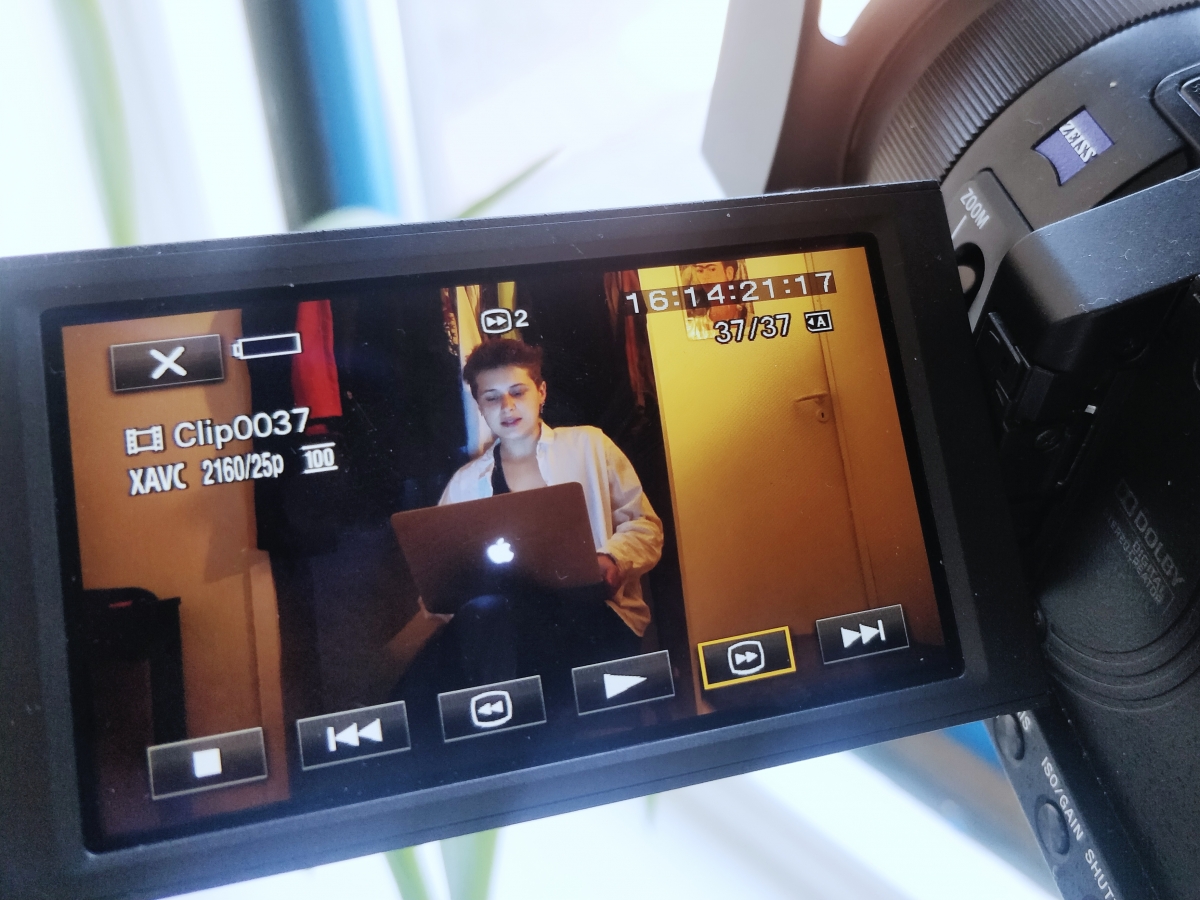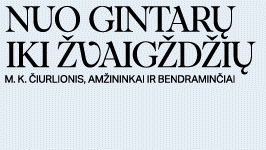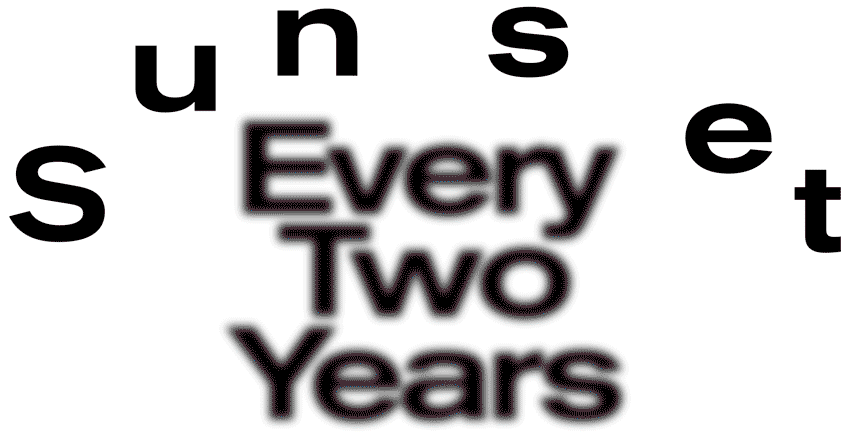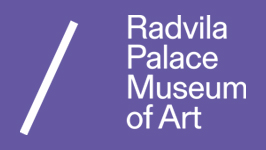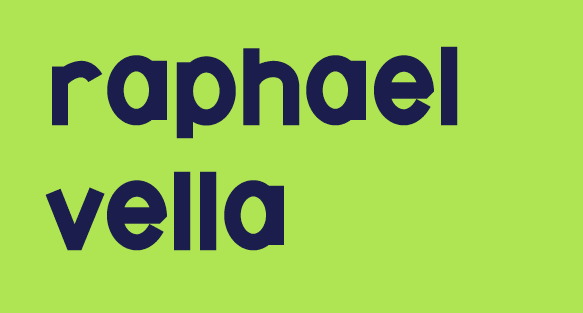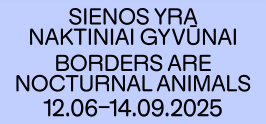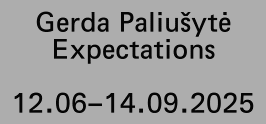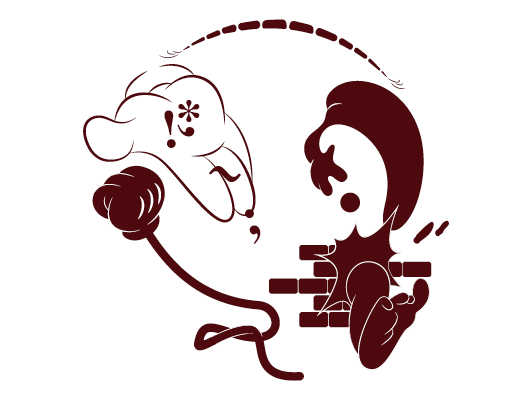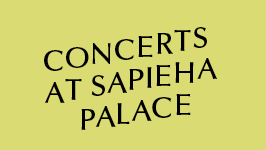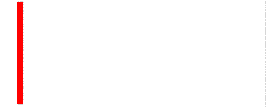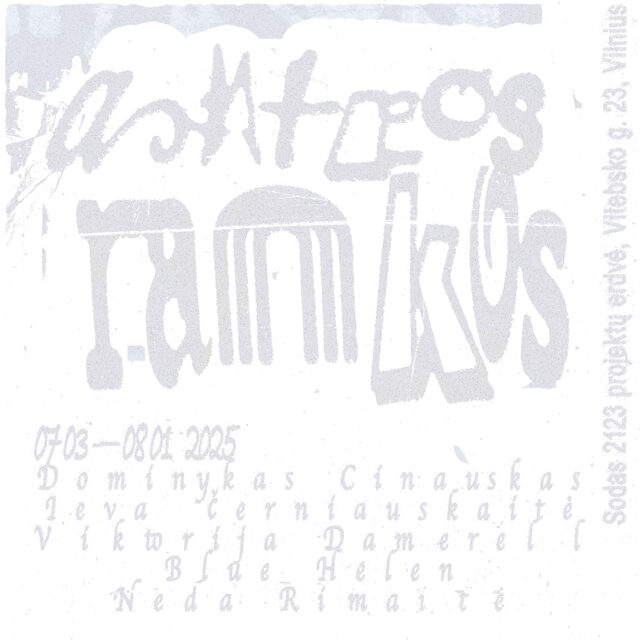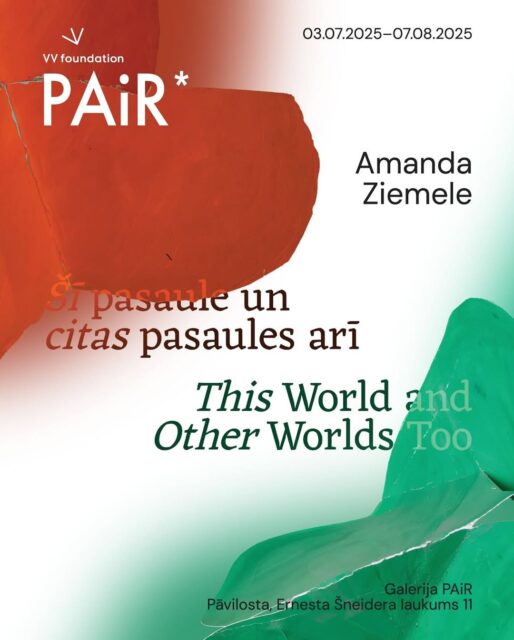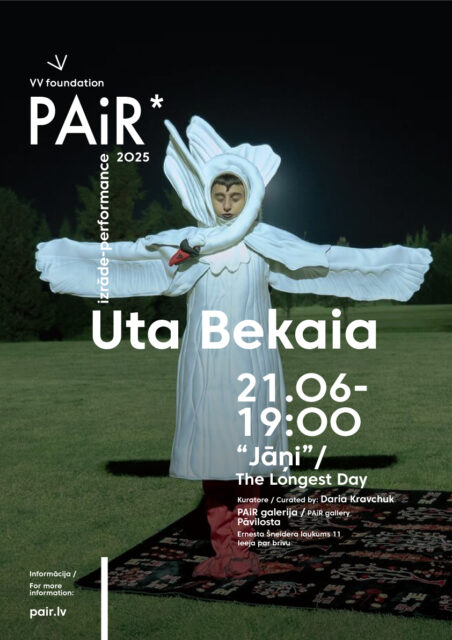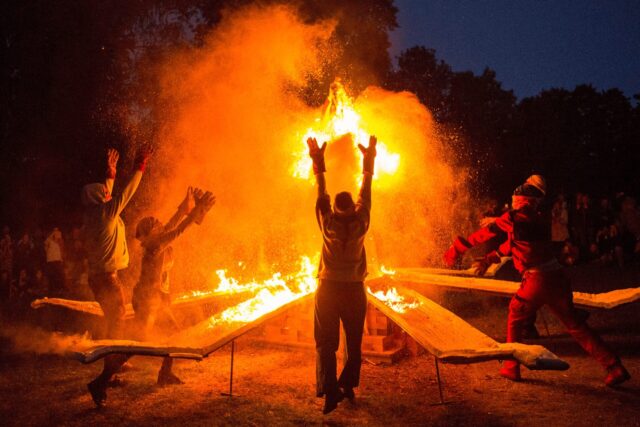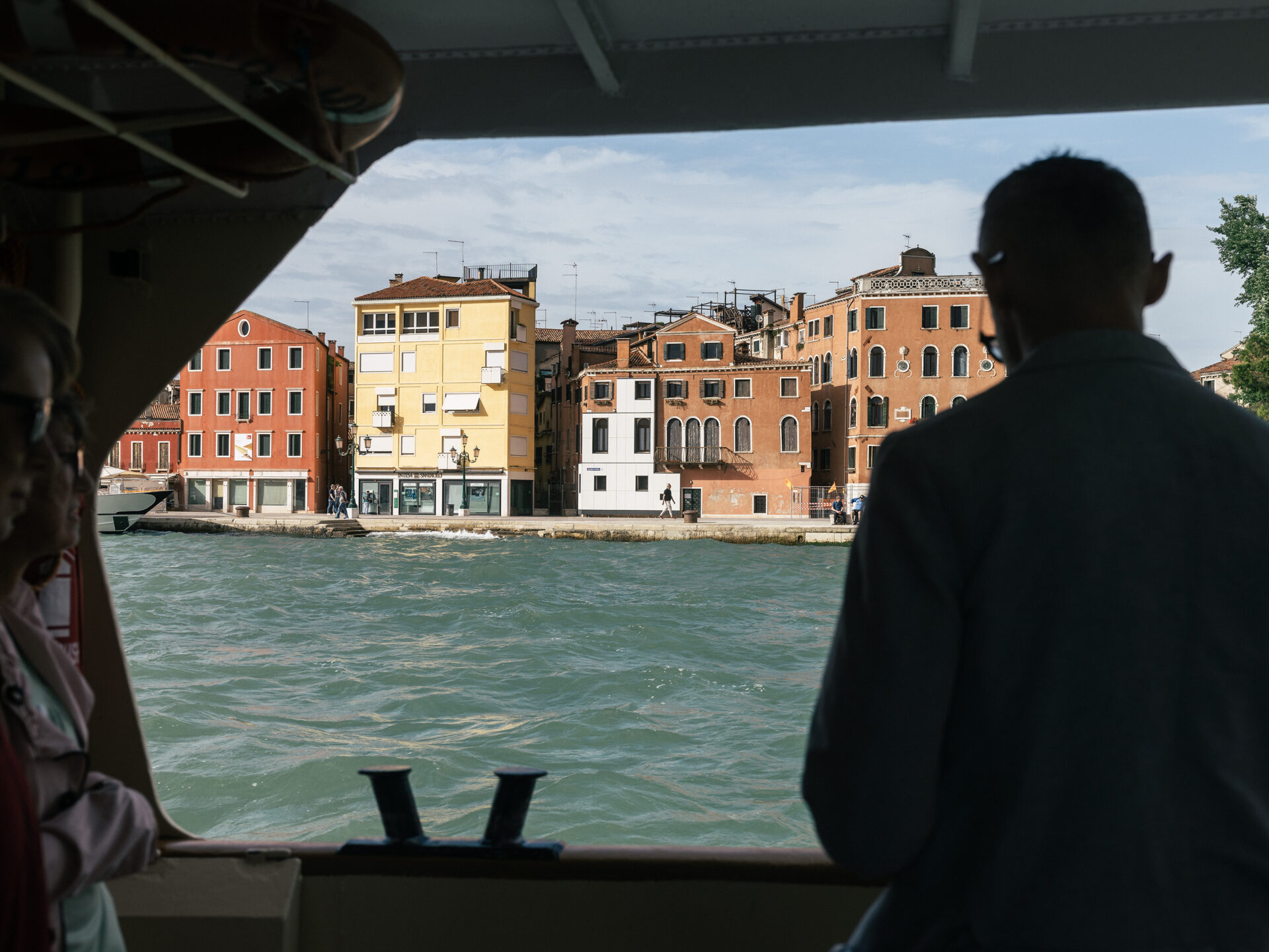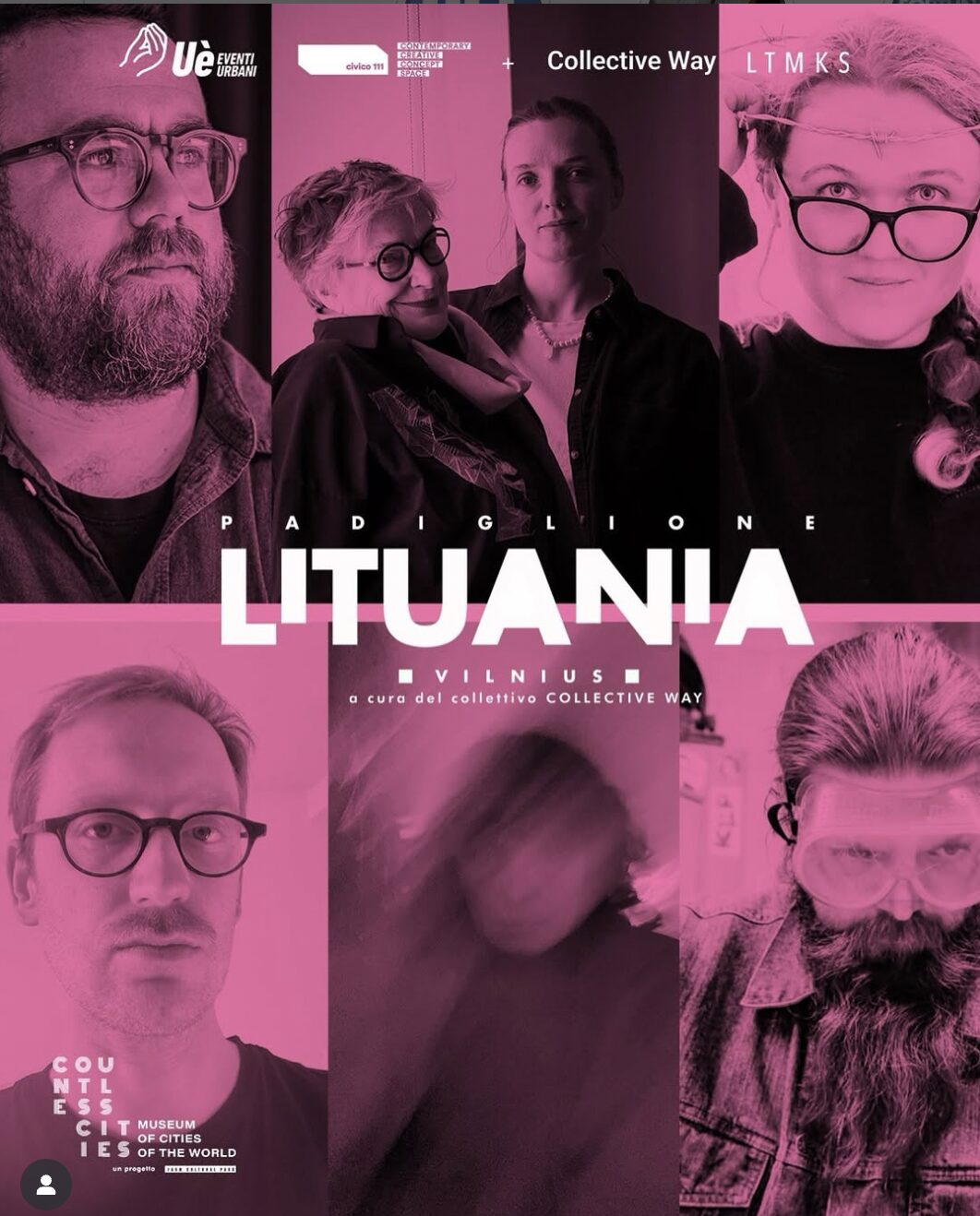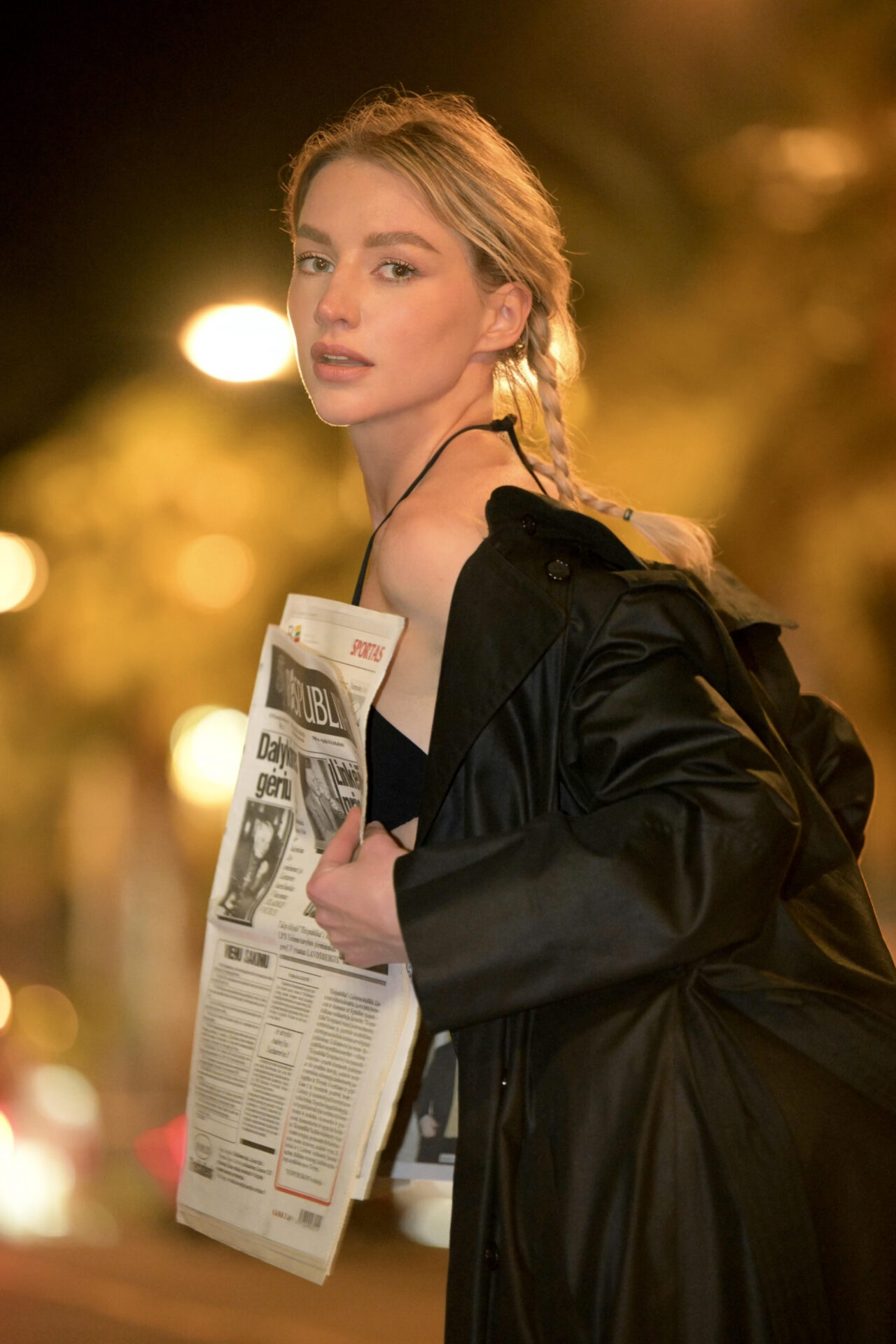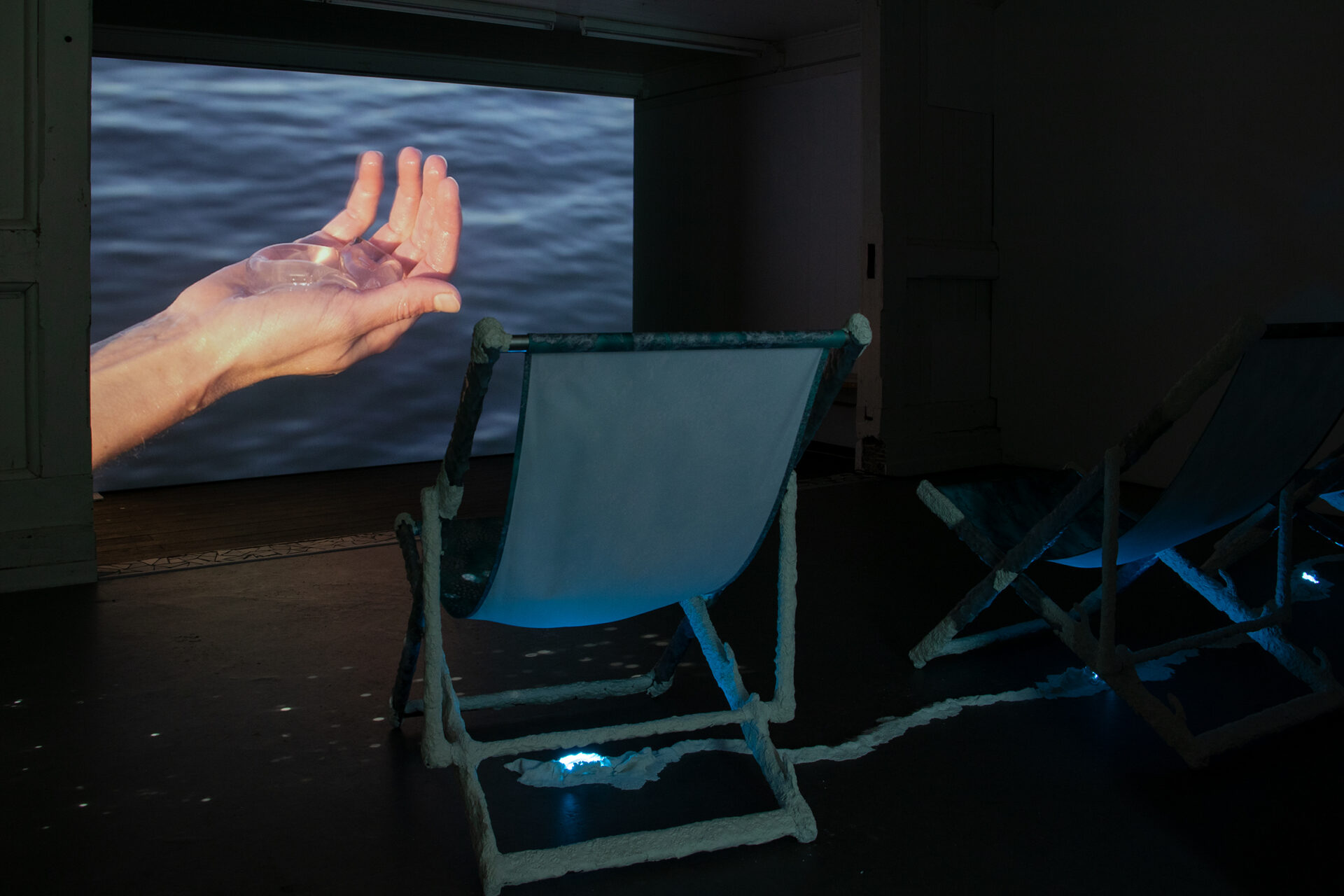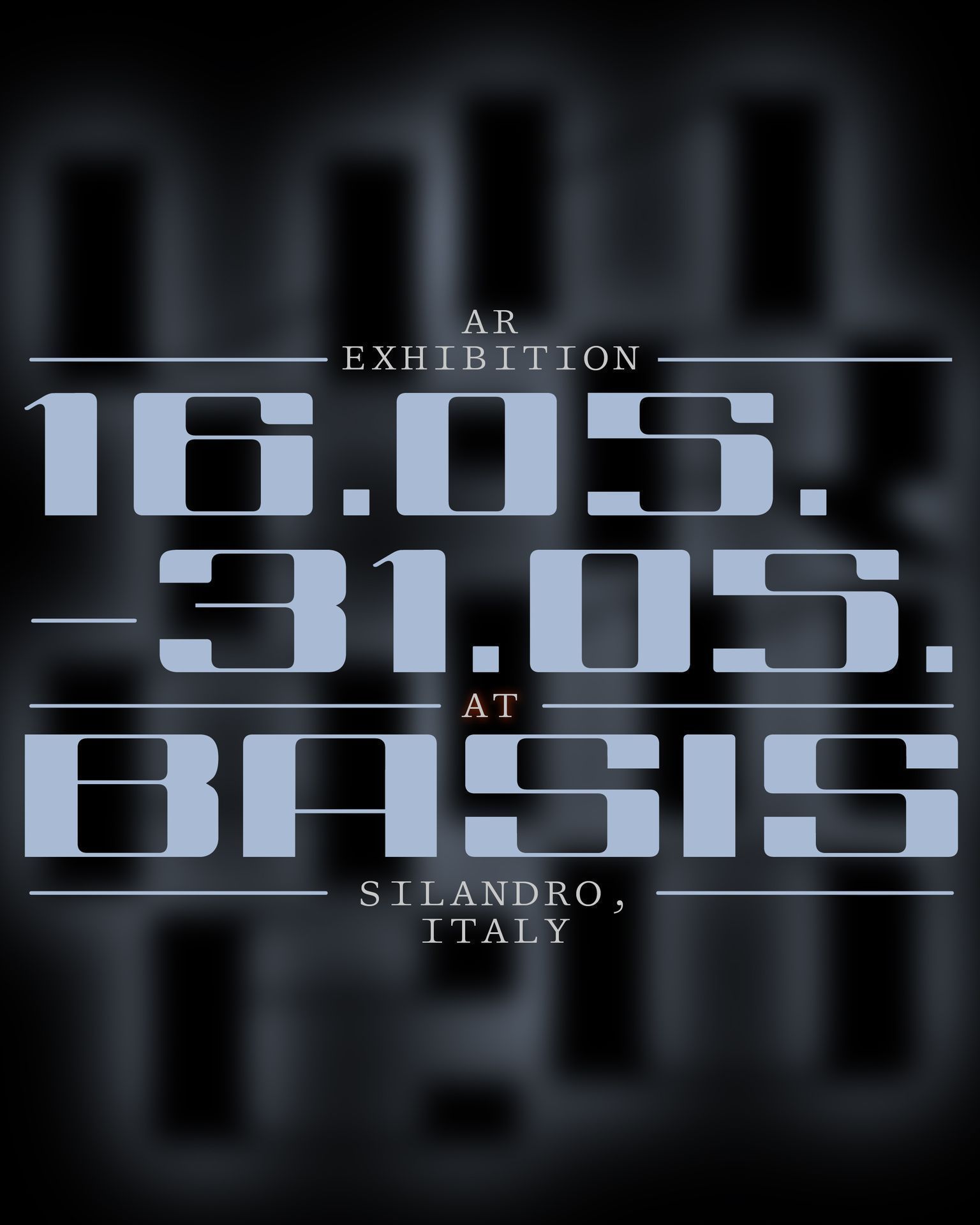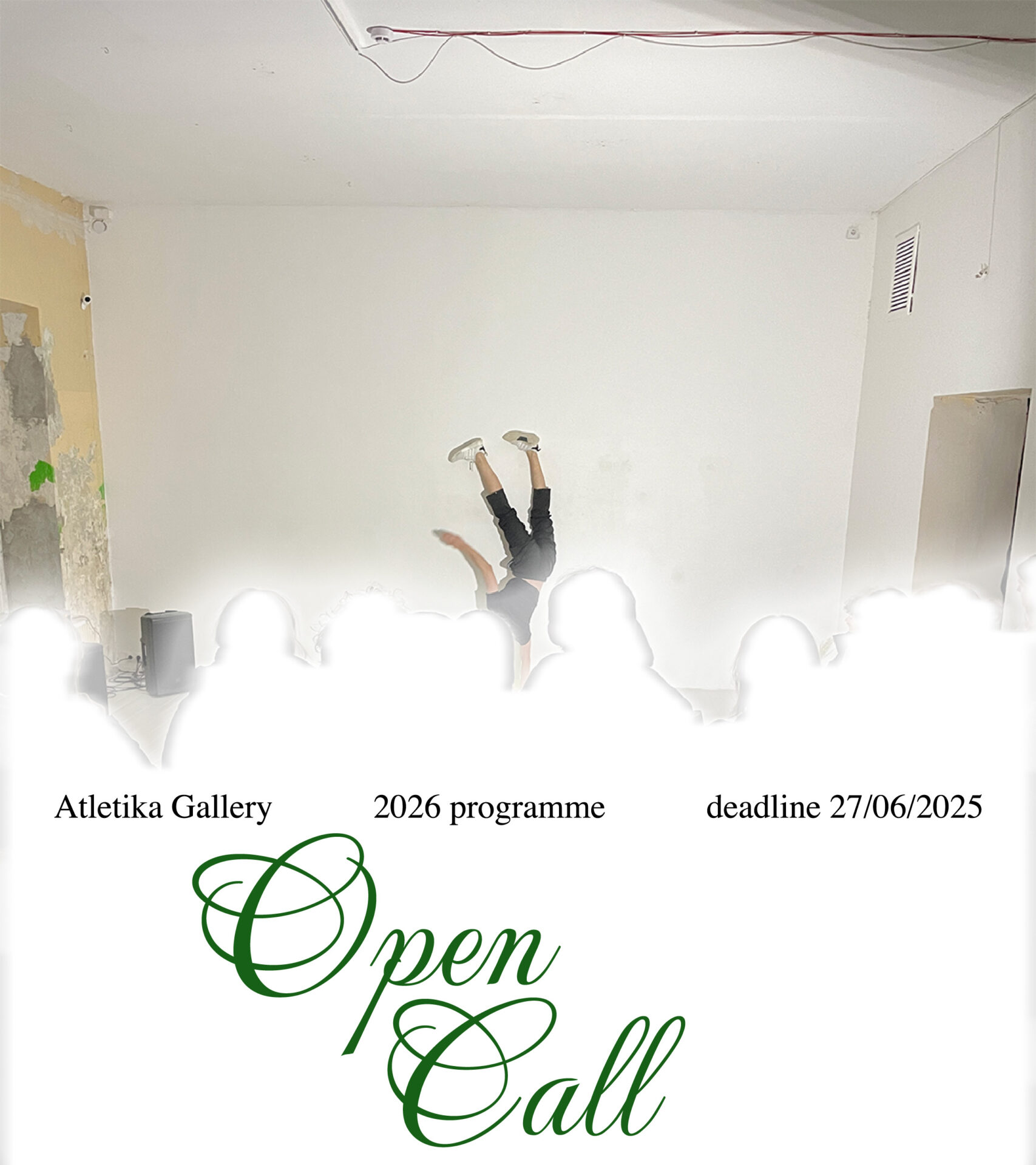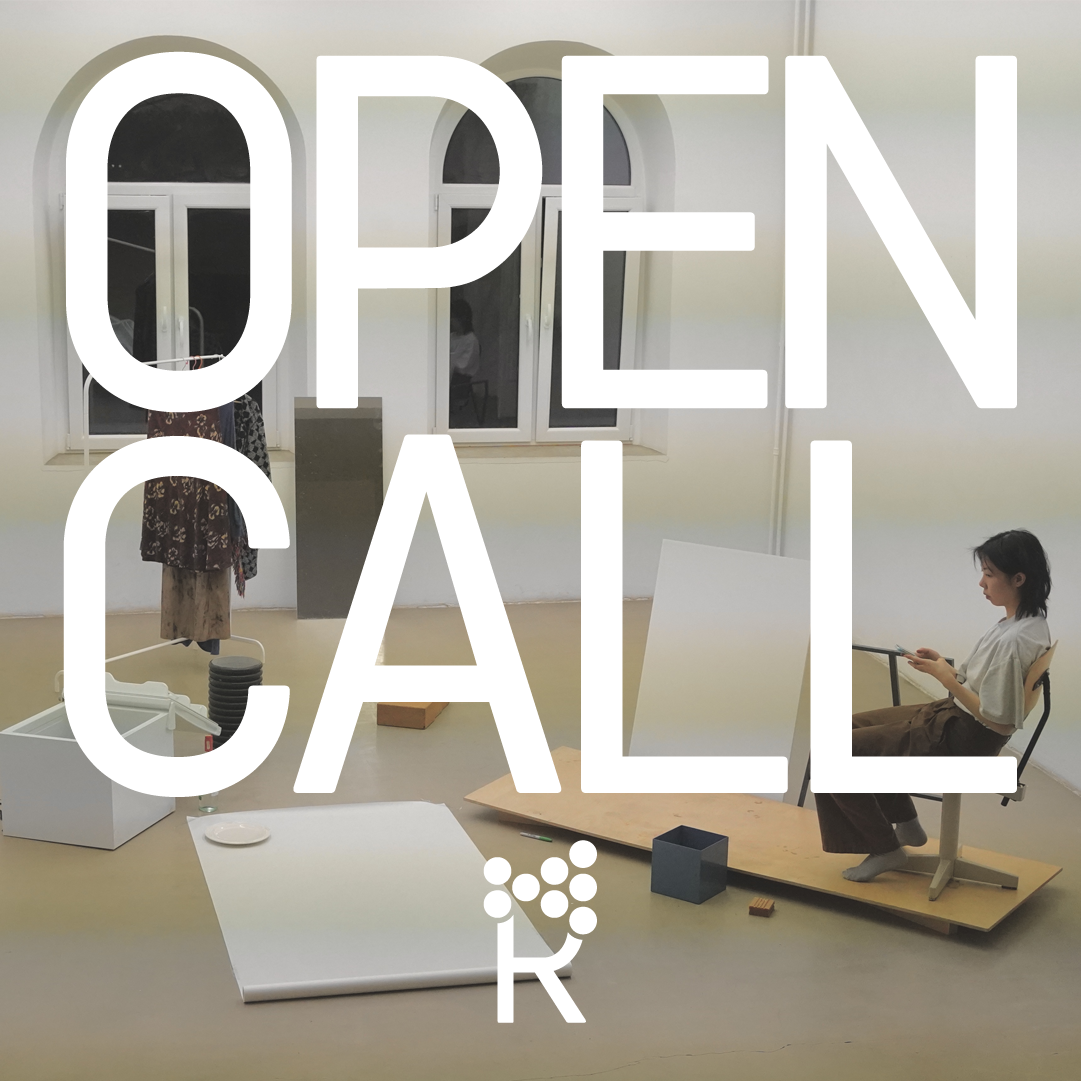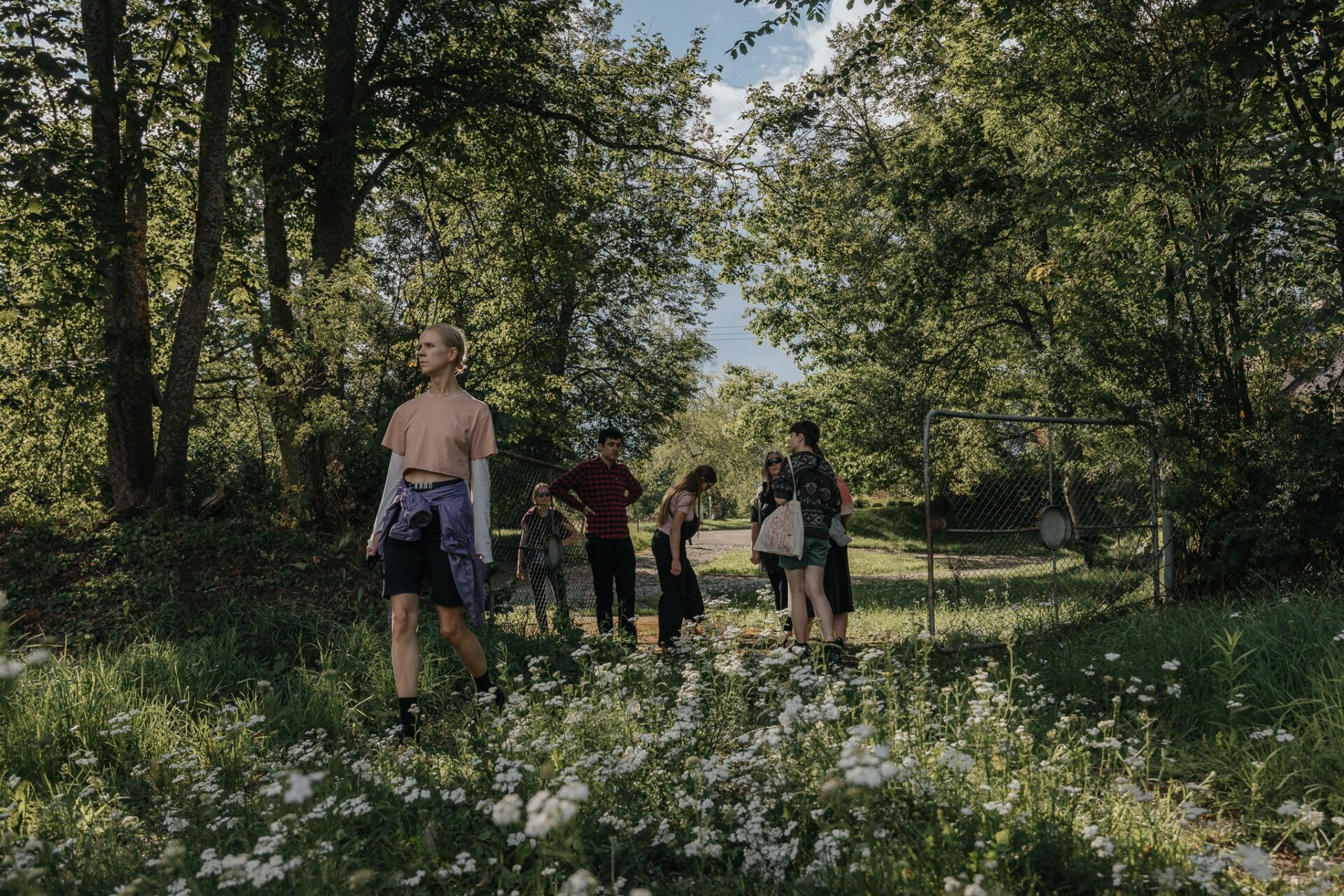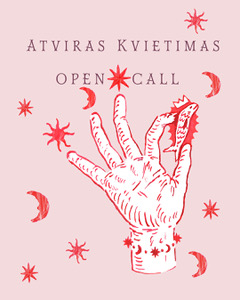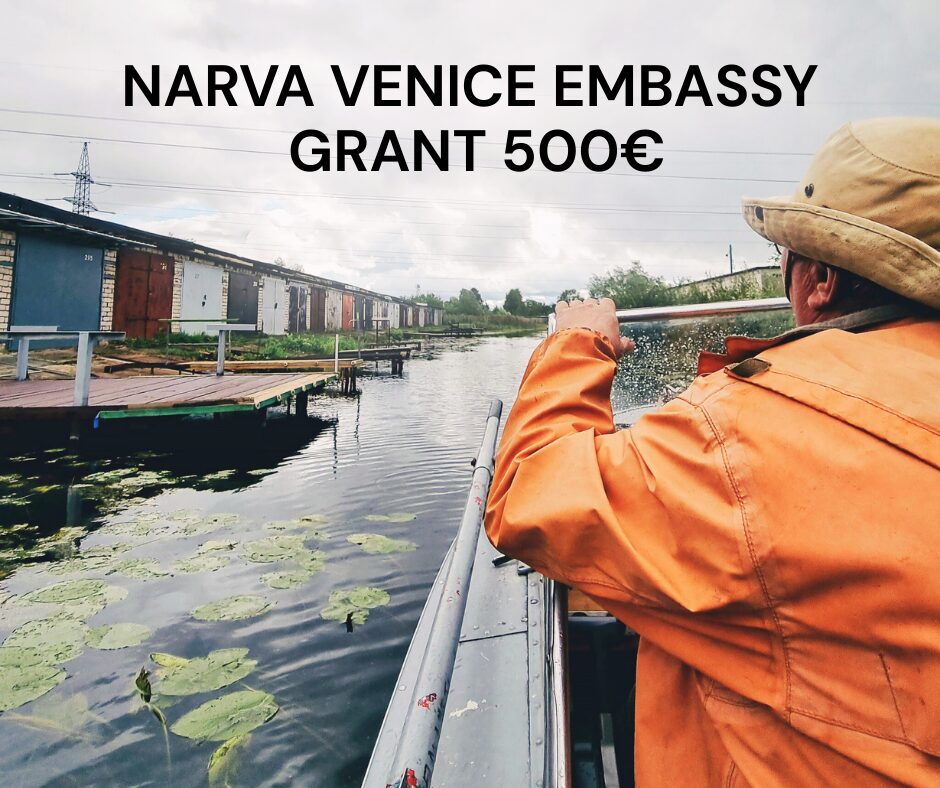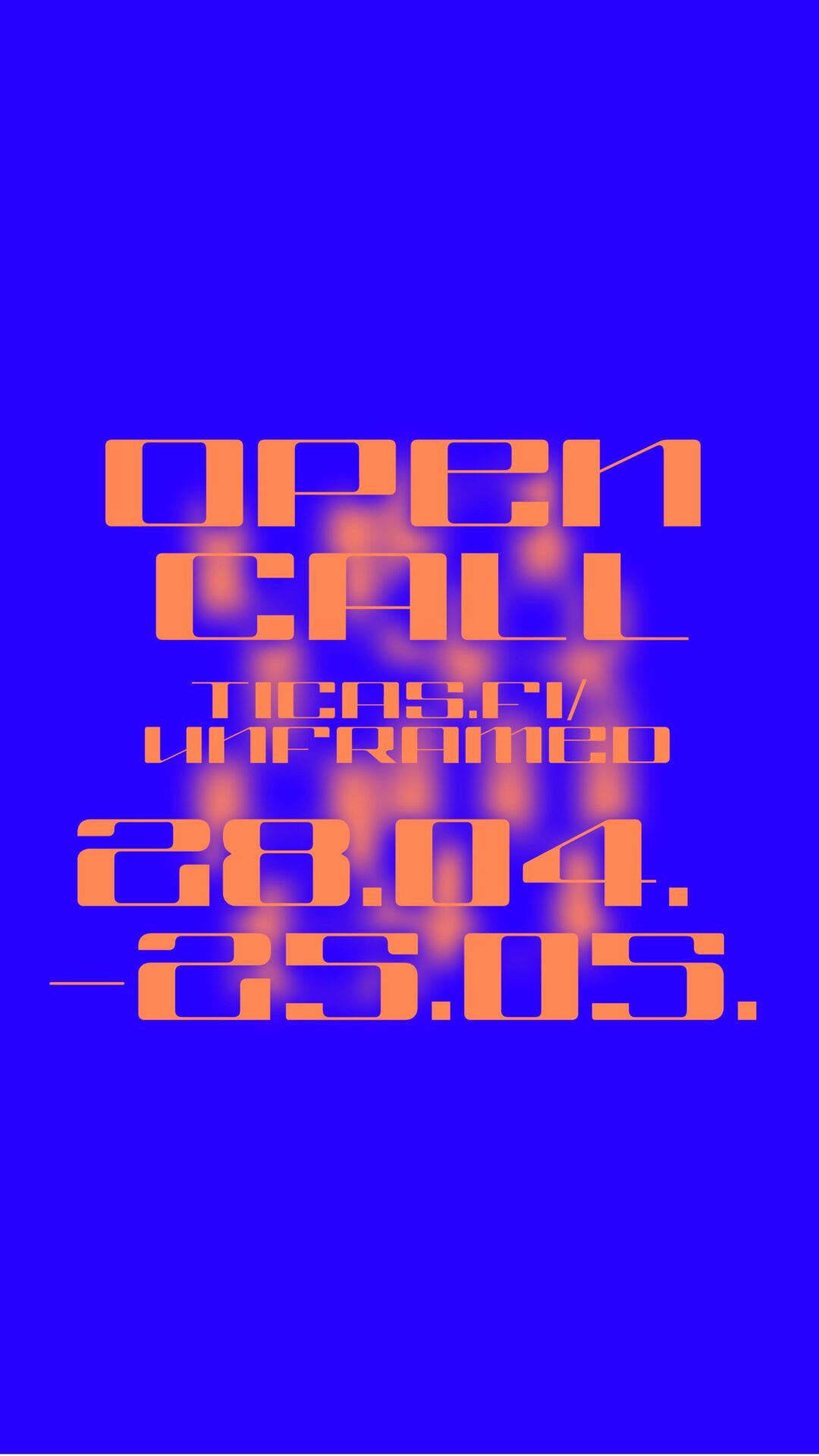Audrius Pocius: Dear Agne, at this unusual time when we have all had to continue keeping our distance due to a still-unfamiliar illness roaming the streets, I subconsciously accepted the offer to interview you as an opportunity to write a letter to you as a “friend” of my own. Indeed, I can’t get rid of the feeling that this slow and turbulent time of global quarantine has gradually turning into something spatial: into an ever-increasing distance that seems harder and harder to surmount; creating scattered thoughts each day, which, like particle compounds in thinning air, are ever more difficult to weave into any coherent fabric. Perhaps it is this multifaceted scarcity that makes us no longer want to waste our words: to talk only of what truly matters to us, what lies deep in our hearts, at a time when all that is left from the streets of our beloved cities is the scaffolding of our previous lives that were pulsating only a moment ago.
Today, while plans collapse or stop, there is an urge to share and talk about the fragility and vulnerability of a tiny piece of the world we live in – namely, the field of art – because if we have to fall apart, then at least let us all fall into one pot. I have a hunch that you are someone who will understand these pre-emptive observations of mine. I also believe that these topics are not foreign to your work, and neither is the latter, in turn, completely inseparable from the “story” of your life.
A few years ago, I was given the opportunity to write a review of your thesis at the Vilnius Academy of Arts when you presented a short story entitled ‘2017: The Anniversary Year’. In this work, you used non-heteronormative Lithuanian language, which had only recently been created by Gina Dau, and other queer activists, at that time. In the laconic preface, the reader was greeted with the following words: “This is a creation of a fictional world – a space I dedicate to the socio-political critique of the real world, of which I am a part of myself. Inspired by history, I wandered into the depths of my imagination, though I only moved away from reality by a step. Having moved one step away from the goal towards what I thought I was/we were heading, I hesitated.”
Even at the very dawn of your creative path there was a certain propensity for autoethnography, a desire to create stories told in the first person but holding enough space to say something about the community you were and still are involved in. So, my first question is particularly about that: how does your relationship with the community, including but not limited to the LGBTQ+ community, affect your creativity, and vice versa – is creating these stories a way for you to contribute to community life? Is it, perhaps, a certain way of communication?
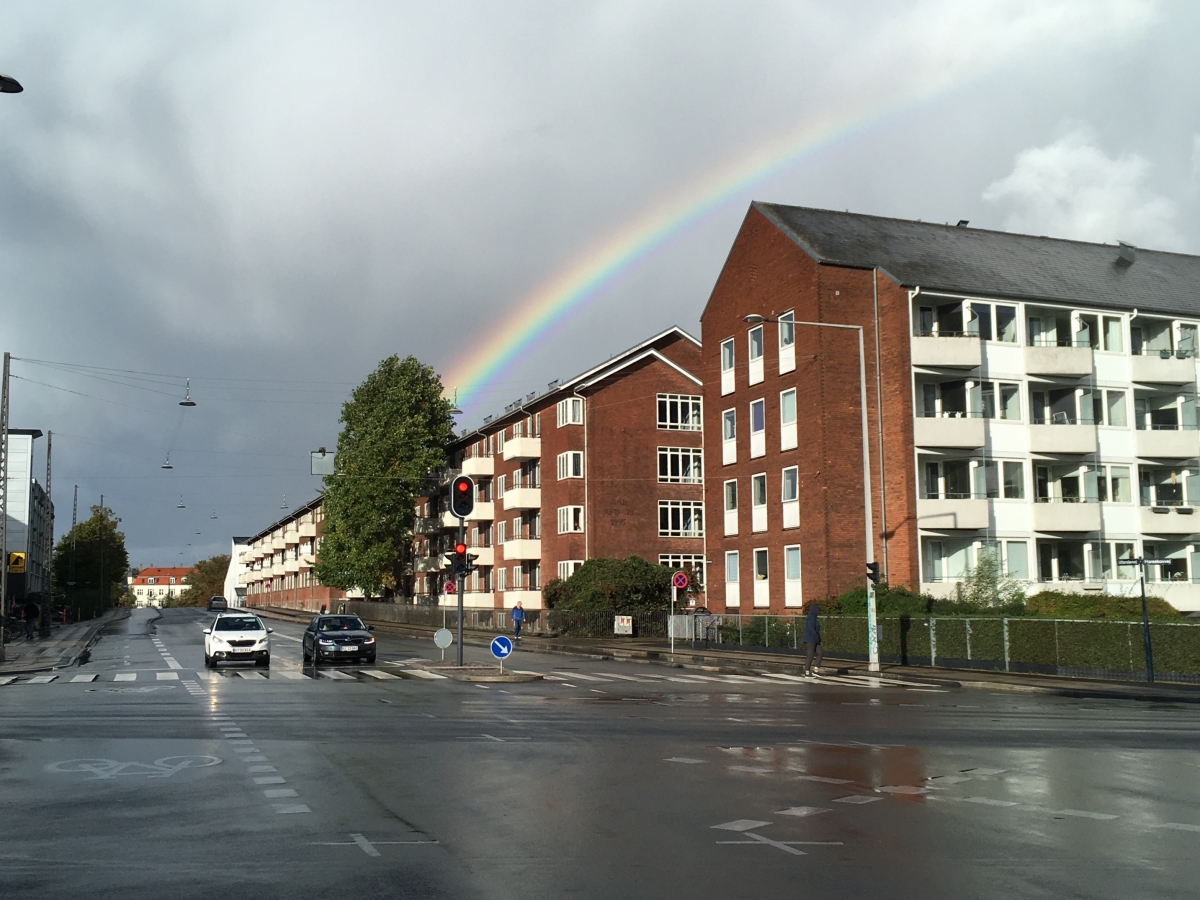 Agnė Joškė: Hi, Audrius. I was very pleased to read your first letter and to acknowledge your desire to talk in this unusual time – after all, I was receiving a letter from a dear friend. But, and I won’t lie, I also felt quite confused. I have no doubt that the realities of many have been shaken, suspended, interrupted, and we, ourselves, have become hesitant. In this case, I accept hesitation as a gift. I am certainly not the only person who has had time to think daily: so, WHAT really does matter to us? I was happy because that’s exactly what you wanted to talk about. Now we seem to have suddenly realised what a social species we are, and how much we need each other, stability and security, spaces where we can be, relax, create, and meet, as well as how precious human contact can be. Perhaps this is a great moment to touch on deep-seated issues that had been overshadowed by an excessive desire to do more, and have more. I suspect that after a while we will be talking about what life tools we had or had not prepared in advance of these changed conditions or learned to control before our world machine clunkily shifted gears overnight.
Agnė Joškė: Hi, Audrius. I was very pleased to read your first letter and to acknowledge your desire to talk in this unusual time – after all, I was receiving a letter from a dear friend. But, and I won’t lie, I also felt quite confused. I have no doubt that the realities of many have been shaken, suspended, interrupted, and we, ourselves, have become hesitant. In this case, I accept hesitation as a gift. I am certainly not the only person who has had time to think daily: so, WHAT really does matter to us? I was happy because that’s exactly what you wanted to talk about. Now we seem to have suddenly realised what a social species we are, and how much we need each other, stability and security, spaces where we can be, relax, create, and meet, as well as how precious human contact can be. Perhaps this is a great moment to touch on deep-seated issues that had been overshadowed by an excessive desire to do more, and have more. I suspect that after a while we will be talking about what life tools we had or had not prepared in advance of these changed conditions or learned to control before our world machine clunkily shifted gears overnight.
In answer to your first question, these days I’m thinking a lot about the Lithuanian LGBTQ+ community I grew up in and matured as a personality. Today more than ever I realise how important community was to me when, at the age of 18, I began to look for people who would help me to dispel: my distrust in myself and the still-highly-homophobic society at the time; my superstitions and fears my society instilled in me that, although confident of my sexuality, was made to feel like perhaps I was only living through some sort of “crazy” phase. In short, I really wanted to see that two women who loved each other could feel good. Of course, nothing is ever just black or white. But at that time, I needed it – to see smiling, creative, hopeful LBT women in love with themselves and with each other.
Lately, I’ve also been thinking a lot about young LGBTQ+ people who have been forced to spend their quarantine days in environments that are not necessarily safe for them, and cannot gather into communities in which they feel supported and can bolster up each other. I want to believe that this divisive time will pour us all into that one big melting pot, that the need for community in our society will only grow, and that at the end of this period we will be able to offer each other real care and warmth, not just video calls.
I feel that what was always important to me in my work (and still is) is my relationship with communities. Be that as it may, I see myself as a part of society and various communities, and I create inspired by environments and experiences that are inseparable from people and their relationships. Sometimes, I secretly dreamt about creating something “from within”, moving away from politics and social issues, simply diving into pure aesthetics, interpreting them after the creative processes would be complete. But pretty early on, I felt that nothing inspired me to create more than people. I want to be open. Living among people is my core “studio practice”.
In Lithuania, I try to maintain the friendships and relationships I’ve established. These strong, time-tested connections are very important to me. Perhaps subconsciously, my creative contexts never moved too far from Lithuania, as if I was trying to maintain my connection to what is close and deeply familiar to me; or maybe it is the long-accumulated and matured experiences that have caught up with me here and are now spreading slowly, albeit too late. When I create, I want to feel involved in a conversation with an audience that cares – inevitably, as I’m not running anywhere too far from my own reality. Often in that desired conversation I meet with the LGBTQ+ community, with whom I share layers of that reality, and accept it as a gift. I imagine that thoughts and ideas glide in a parallel space that is collectively experienced in different physical places by people with different experiences. When you are in touch with the intuitive feelings of an idea experienced by others as well as yourself, magical processes of crystallisation begin. Together, one notices and realises things which, experienced separately, would be nothing but energy. I think that communication is happening.
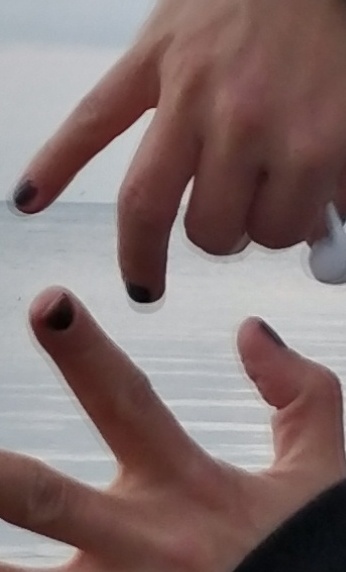 AP: While recently conversing with a friend, we were trying to find what connects the small group of youngest Lithuanian artists currently creating – if that group can somehow be generalised at all. Finally, we agreed that, before all similarities and differences in their creative techniques, strategies, mediums, and so on, what unites all these people is distance. Distance from Lithuania and its art scene, distance from its economic and/or institutional dependencies, distance that allows looking at this short history of art from afar, to evaluate it critically and comment on it. You also belong to this group, so I wanted to ask: how has studying and working abroad changed your attitude towards creativity and your relationship with the Lithuanian art field? Or maybe just simply – how are you?
AP: While recently conversing with a friend, we were trying to find what connects the small group of youngest Lithuanian artists currently creating – if that group can somehow be generalised at all. Finally, we agreed that, before all similarities and differences in their creative techniques, strategies, mediums, and so on, what unites all these people is distance. Distance from Lithuania and its art scene, distance from its economic and/or institutional dependencies, distance that allows looking at this short history of art from afar, to evaluate it critically and comment on it. You also belong to this group, so I wanted to ask: how has studying and working abroad changed your attitude towards creativity and your relationship with the Lithuanian art field? Or maybe just simply – how are you?
AJ: When I started writing “Dear, friend,” I didn’t think about how the text could be heard in the Lithuanian context. I wrote it without considering the social climate or local opinions; in the end, I didn’t even think about how my family, coming to the opening of the exhibition to support me, would accept this work. Now I’m glad I didn’t think about it all. And I didn’t think about it because I had the distance necessary not to think about all of these issues; I had space to create.
Paradoxically, having distanced myself from Lithuania, I feel closer to it. Being inside, when studying at the Vilnius Academy of Arts, I immersed myself in the inner subtleties which made it difficult to see that there is not one but several fields of art and communities in this country, which do not necessarily have the same operating principles or rules. Studying in Denmark made me feel confident that I’m not alone, that I have a circle of like-minded people and can talk about creativity openly, without wrapping up my processes into glossy paper, which, throughout a large share of my creative path, has been a requirement of educational system and a kind of proof of efficiency. I started feeling more liberated and could create what was important to me in the fourth year of my bachelor’s studies; that meant I did something else during the first three.
Creative work is hard and requires consistency. Without external resources and finances – which are rarely enough from what you earn making art alone – it becomes even more complicated: this was a rather painful realisation during my first few years of studying in Copenhagen. I felt like I should have known this much earlier. I’m doing well at the moment – thank you for asking. But, to be honest, I’m beginning to accept the creative path as akin to surfing waves: sometimes it seems like I’m gliding across a tamed natural power, while at other times I’m painfully hitting the wave. And then I’m moving on, if I don’t stop. While still living in Vilnius – again, being inside – I didn’t notice any distinctive class dynamics in the field of art. I don’t know, maybe people just didn’t speak very openly about who had what, or perhaps I just didn’t hear it. It is my feeling that there won’t much interesting art in Lithuania, coming from and communicating with various social classes and groups of people, as long as artists and their collectives don’t receive a fair reward for their work as a full-time job, enough for them to afford fruits, vegetables and dreams.
It’s nice to return to Lithuania, but I understand very well that I can only do what I do because I don’t live here. And it’s not easy to accept this understanding, especially at this strange time, when borders are closed.
AP: I thought that what enriches your works is a kind of visual asceticism. When you’re being attacked by images that seem to find you themselves – or lurk behind a digital corner – you first lose the ability to listen intently, then, to speak consistently. These days you can hear people say that instead of fetishised art objects classified according to the framework of “-isms” that leave a historicistic aftertaste, we lack art that has a healing effect and shows empathy, art that would be able to tell stories that are important to our lives in a sensitive, unreduced and multifaceted fashion. Perhaps this is why your works, which in their form are primarily stories, told in first-person narrative, leave a strong impression of directness and are highly communicative. In your opinion, is it possible to talk about a “therapeutic” effect of art in the broader, cultural sense?
AJ: I want my works to boost imagination, to suggest, to gently stimulate. For this, I deliberately reject the use of excessive images, letting imagination create them instead of me. And the form of a story seems very appropriate for that. This could also be seen as a search for implicit (non-)universality, or an effort to accept my own limitedness, an attempt to expand the boundaries of the work beyond my own, or the distance from truth, or truths. I noticed that viewers hear the stories in their own way, as if they were a selection curated by me, which the viewers pass through the sieves of their experiences, resifting them again. Something remains, something crumbles out; often I myself am surprised by the meanings noticed by the viewers in what is left – they mix with the particles of their previous experiences, and here – you get something peculiar.
I see creative work more as seeking links and connections, a contribution to what’s important to me or my communities, thus participating in creating archives of untold history.
A few years ago, I noticed a text sticker on a wall in the National Gallery of Art reading “Language as a loaded weapon”. At that time, I was writing my non-utopian text ‘2017: The Anniversary Year’ and thought that, indeed, language, text, art all have an effect, a counteraction; they may even become one of the factors for a revolution. As my creative practices mature, I feel that these observations are still valuable to me. However, at the same time, I have begun to look for that moment in poetry which you may be seeing as a manifestation of a healing practice. What’s important to me is not so much to provoke or change public attitudes towards certain delicate issues, such as identity politics, but to create a space reflecting the identities of people connected in the works, to discover something of my own. This is what I see as a potent healing practice.
AP: Yet your piece “Dear, Friend” is not only a story, but also a performative movement, a letter of love and farewell. Its modest background contrasts with the courage and openness permeating the narrative voice. By transferring your life experiences into the form of an artwork, you seem to plant a little piece of your life’s reality in it, at the same time making that piece of life partly similar to fiction. How do you find your way between all those different modes of depiction and reality?
 AJ: I recently started watching “The Affair” series, which captures an often simultaneous perception of the reality of different people involved in the same events. It’s realistically different, but it happens at the same time. I imagine that if I asked my friends with whom we were together in the enlightened moments of the text to remember them, they would probably remember them quite (or very) differently. In my work, I use the method of autoethnography – I observe my own environment, the motifs of which appear in the works, intertwining with fantasy. During the creative process, I share its fruits with people whose experiences relate to the topic or the motif chosen – perhaps we had already talked about it or experienced it together. The reflection of another person’s point of view often finds its way into the work, complementing or shifting the created reality. I ask whether reality, fiction, the stories of others and untold history can coexist in an artwork and act together. “Monumentalisation keeps us from presence” * [1]. I explore the idea which questions the segregation of knowledge (knowing) and the moment of “either/or” inspired by the philosopher Rosi Braidotti. I believe that this is the right method for me, opening up the possibility of manoeuvring between different modes of visibility, instead of trying to make the invisible visible. In order to manoeuvre between different modes of visibility, at least for me, freedom is crucial, and shouldn’t be constrained by ideology, personal perceptions or correctness, as everything in this world exists together. For me, it is important not to drift too far from reality (fiction), to maintain a relationship with it, and perhaps the resulting fiction (reality) may be the “confusion” that could be seen as a complement.
AJ: I recently started watching “The Affair” series, which captures an often simultaneous perception of the reality of different people involved in the same events. It’s realistically different, but it happens at the same time. I imagine that if I asked my friends with whom we were together in the enlightened moments of the text to remember them, they would probably remember them quite (or very) differently. In my work, I use the method of autoethnography – I observe my own environment, the motifs of which appear in the works, intertwining with fantasy. During the creative process, I share its fruits with people whose experiences relate to the topic or the motif chosen – perhaps we had already talked about it or experienced it together. The reflection of another person’s point of view often finds its way into the work, complementing or shifting the created reality. I ask whether reality, fiction, the stories of others and untold history can coexist in an artwork and act together. “Monumentalisation keeps us from presence” * [1]. I explore the idea which questions the segregation of knowledge (knowing) and the moment of “either/or” inspired by the philosopher Rosi Braidotti. I believe that this is the right method for me, opening up the possibility of manoeuvring between different modes of visibility, instead of trying to make the invisible visible. In order to manoeuvre between different modes of visibility, at least for me, freedom is crucial, and shouldn’t be constrained by ideology, personal perceptions or correctness, as everything in this world exists together. For me, it is important not to drift too far from reality (fiction), to maintain a relationship with it, and perhaps the resulting fiction (reality) may be the “confusion” that could be seen as a complement.
AP: I know that lately you’ve been thinking a lot about collective and cultural traumas that remain unvoiced by multiple generations, but silently condition moods and superstitions, curb imagination and divert desires. Could you tell me more about your creative plans and what you have been interested in recently?
AJ: Yes, indeed, before quarantine began. I was immersed in a study inspired by the relationship between people belonging to the “lost” and the “independence” generations. I tried to grasp how the different and overlapping cultural traumas these generations had experienced, or continue to experience, influence this relationship; I looked at the phenomena of unconditional love and family connection and was interested in the interdependence of these generations. I was preparing to come to Lithuania to conduct field research: to talk; to discuss; to connect the dots; and, inspired by the context of the corporeal part of study, to work on a creative text. I am writing this in the past tense because this project somewhat froze in the uncertainty of quarantine. Under the influence of this stagnation, I began to move away from these original ideas. They in turn started changing in form while still rolling in my mental space, thus leading me towards more familiar directions that promised much-desired safety and comfort. These days, I write looking back at intimacy and unconventional relationships, which, in the context of protecting social integrity during a pandemic, have never been as difficult to implement and maintain as they have been before.
AP: Then I can only wish that these thoughts left in the past lead to expectations directed to the future, and the roads curve themselves towards where you decide to plant your feet!
*
[1] Rosi Braidotti, from notes recorded during a lecture on Posthuman Feminism and Affirmative Ethics, Newnham College (October, 2019)
